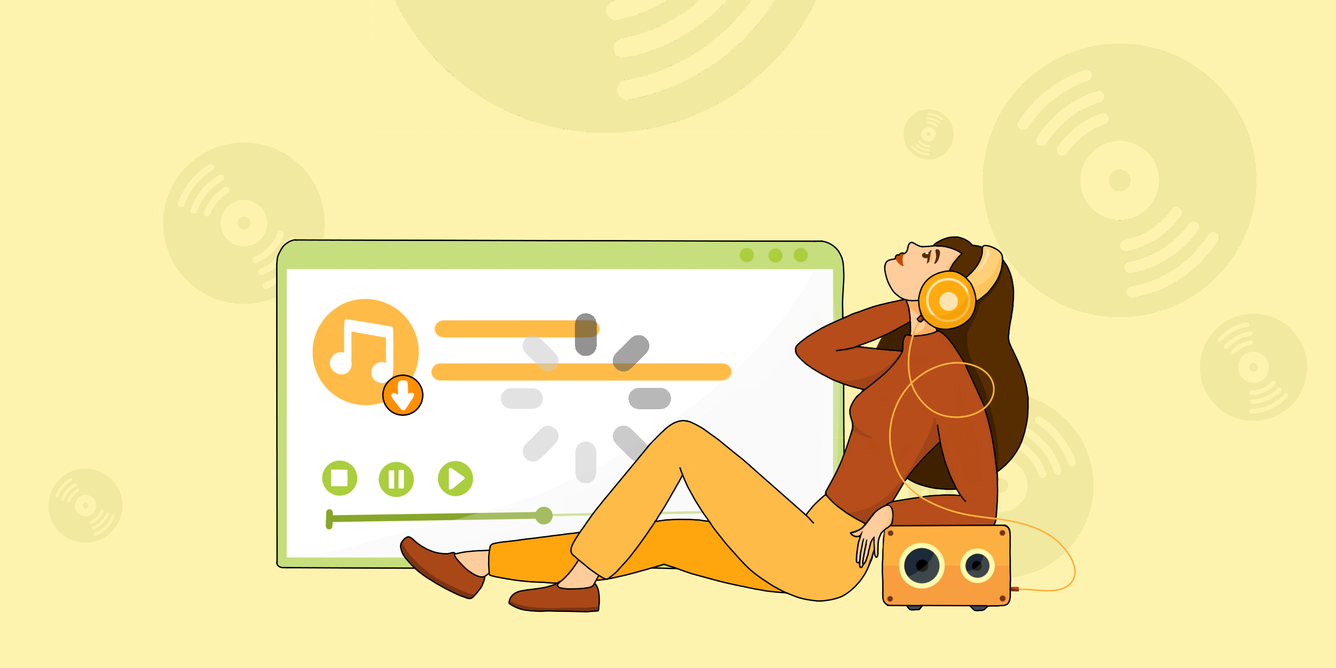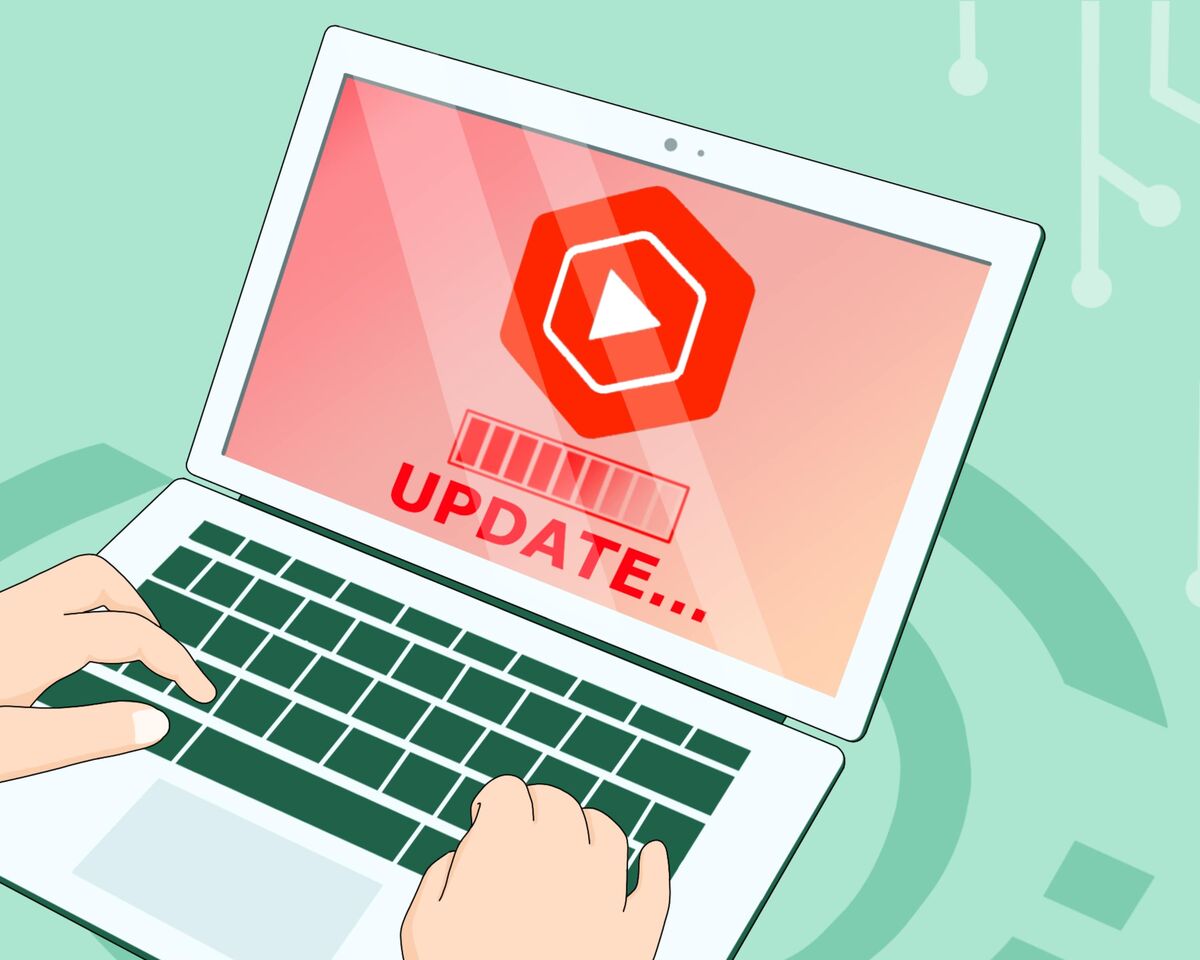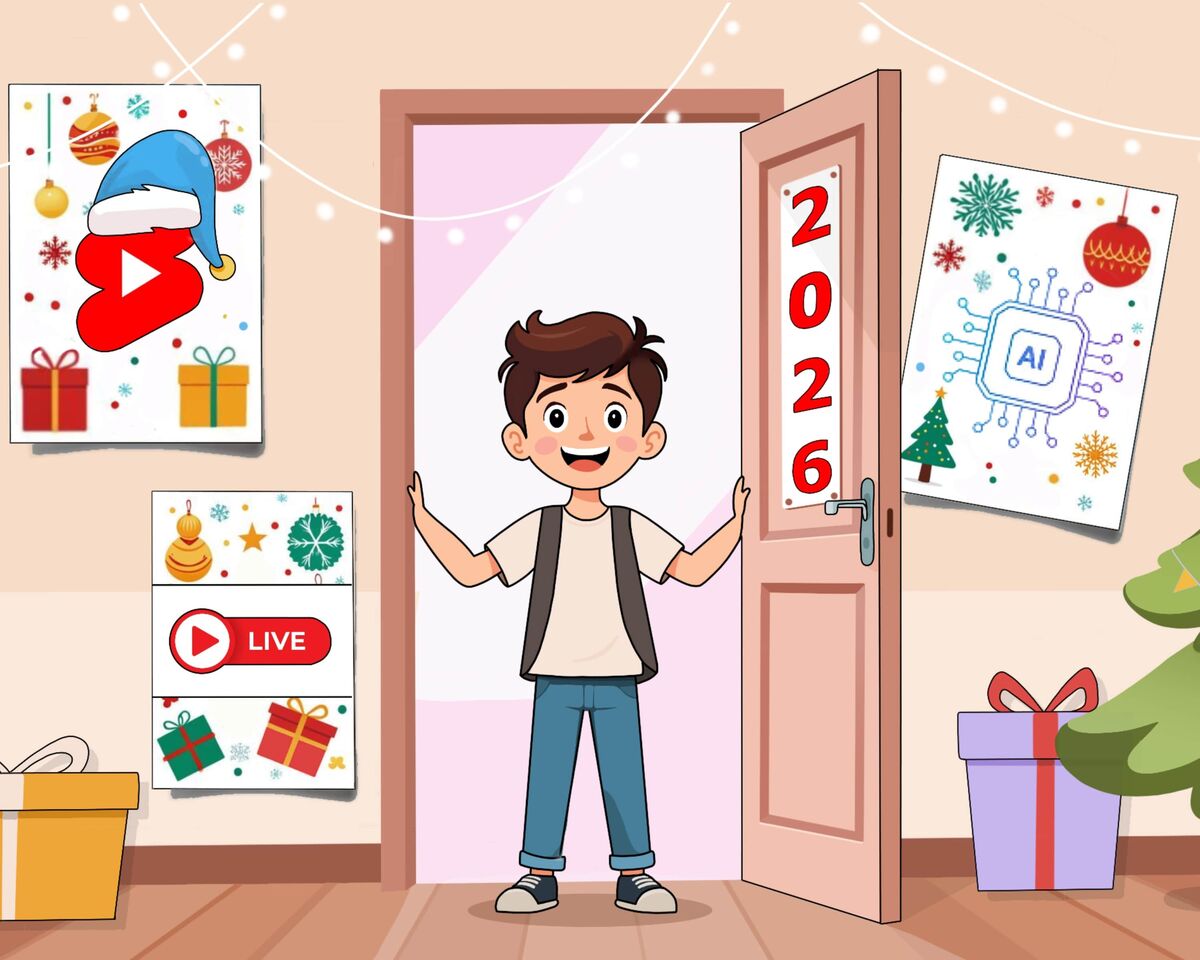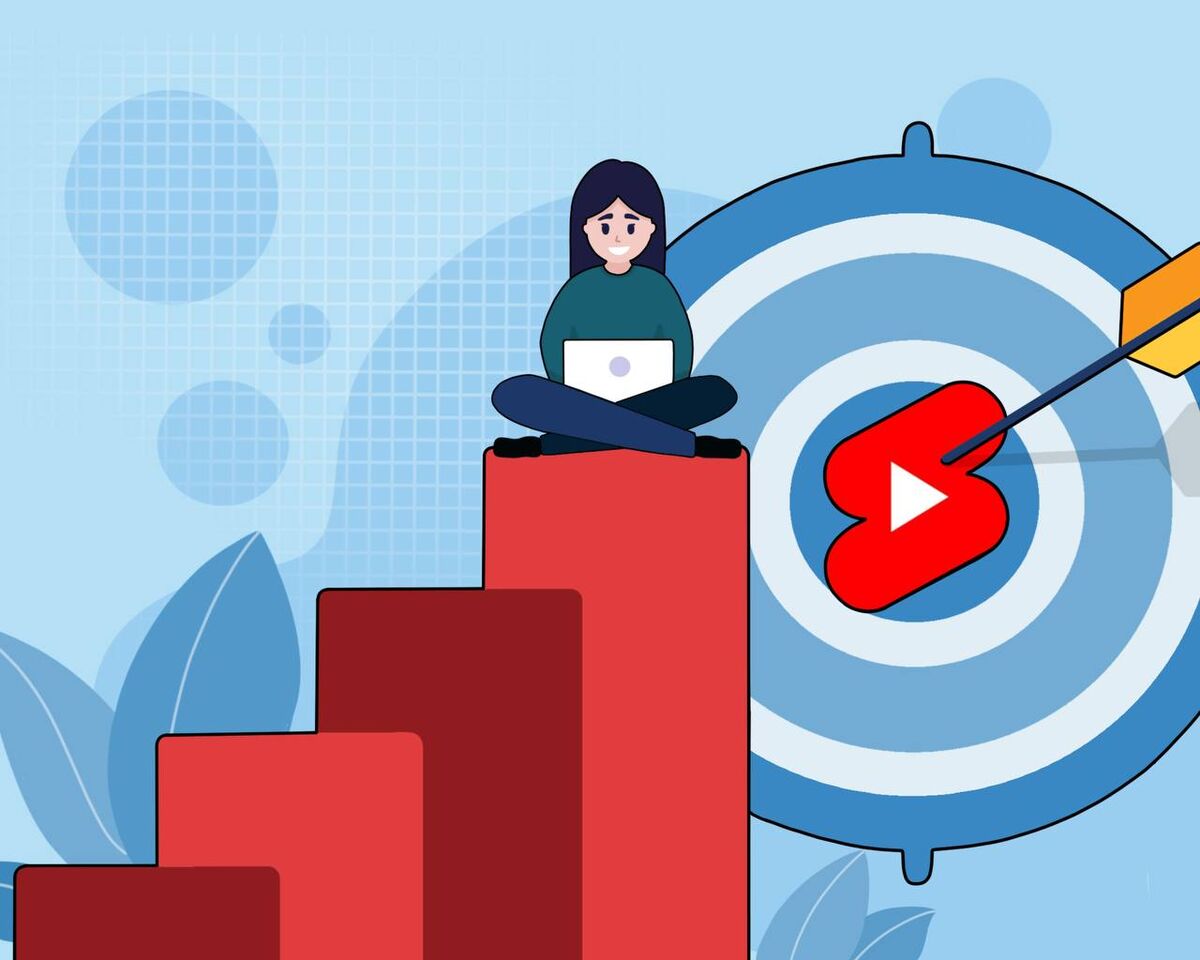Top Services With Free Music for YouTube Videos

Finding music for your YouTube videos is not an easy task. Not only is it difficult to find a suitable track, but it’s also not always clear what the licensing terms are, how to correctly attribute someone else's content, and how many seconds or minutes of someone else's audio can be used in your video.
Of course, we are here to help you by explaining all the unclear and contentious points.
Music in your video is not just background audio.
Music is a part of your creative work, a way to convey emotion, set the viewer's mood, and indicate what the video is about. Besides the lyrical aspect, music is a powerful tool for promoting a video, especially if you use a trending popular track.
Also, pay special attention to the atmosphere the music creates in your video. For example, if you have a historical channel about ancient Greece, heavy metal is unlikely to fit in.
In addition, the most important thing when working with music is finding music that is allowed on YouTube, so your video does not get removed. This is what we will be explaining in this article.
The main mistakes creators make when using music
The first thing to dispel is the belief that YouTube rules can be circumvented. Let's toss this into our box of YouTube misconceptions, where we already have the magic button that gives a million subscribers and views, algorithm hacks, shadow bans, and so on.
Please remember something very important: if you believe in the saying "rules are made to be broken," then YouTube is not for you.
If you think, "Well, someone out there is using popular music and nothing happens to them," that's a very naive position. You know absolutely nothing about that channel's creator. Perhaps their videos are already demonetized. Maybe the creator bought a license for the track. Maybe YouTube hasn't noticed the video yet, but sooner or later, the consequences will catch up. There are many possibilities that you may not have considered. What's important for you is to develop your content. Do not waste time imitating others.
Want to experiment? Feel free to use music however you like. No one can stop you from doing that. Except the copyright holder.
If you have no intention of monetizing your content, you can use songs from well-known artists in every video, receive copyright claims, and live peacefully. But if you want to be a creator, making unique content with the potential for future earnings, then follow the rules.
Believing that you can use a certain number of seconds of someone else's work on YouTube is another common mistake. Forget the myths from 2010; even if that was once true, we now live in a world with very clear rules. Using someone else's material without a license is a copyright violation, even if it’s just three seconds or even one.
YouTube has a concept called Fair Use, which is often misunderstood by creators. Many believe that YouTube allows the use of someone else's work without understanding how it works. They focus on the word "allowed" without considering the details.
Let's clarify: Fair Use is a legal concept allowing the use of copyrighted material without the copyright holder's permission in certain situations. For example, your favorite creator might use memes, movie scenes, or clips for comedic or educational purposes. If these references make up less than 10% of the entire video, it can be considered Fair Use.
Using a fragment of someone else's work in your video, especially in a review where your content significantly outweighs the borrowed material, might fall under Fair Use. However, it's not that simple.
After publishing your video, YouTube's Content ID system checks it for borrowed materials. Even if you used just a second of someone else's track, frame, or photo, the system will notify the copyright holder. This is where it gets interesting. YouTube protects both video creators and copyright holders.
When the copyright holder receives a notification, they can: ignore it, claim a portion of the monetization, or remove your video. However, YouTube requires that the fragment be carefully evaluated before a takedown request is sent. If the copyright holder insists on removal, moderators will ask them to withdraw their claim and restore videos that meet the Fair Use criteria.
If the copyright holder has valid grounds to believe that the video violates their rights, they must provide credible and comprehensive explanations. Your video cannot simply be blocked for using a fragment without justification. However, there is one important nuance to keep in mind.
If you decide to monetize your work, you must ensure that the copyright holder does not lose profit as a result.
For example, if you include a portion of a paid course from another creator in your video, effectively depriving them of earnings, your content cannot be considered fair use. This is especially true if you decide to monetize the video with ads.
Let's summarize this part: simply re-uploading others' videos, inserting entire songs, and making money off copyrighted content is not allowed. However, if you use only a fragment and the main part of the work in the video is yours, in most cases, YouTube will be on your side.
Now let's move on to another mistake, which is ignoring usage licenses.
The most important tool when choosing musical accompaniment should be the Creative Commons license.
First and foremost, Creative Commons is a company aimed at increasing the number of copyrighted works available for legal use and distribution. A Creative Commons license essentially gives YouTubers full permission to use someone else's compositions. The copyright holder can independently decide what rights they want to grant to others who use their work.
The most important information you must remember is — do not make a mistake in choosing the correct license.
Seeing the term "Creative Commons" is not enough. You also need to determine which type of license you are selecting. For maximum safety, three types are suitable for your work:
- Attribution (CC BY), requiring credit to the author;
- Attribution-ShareAlike (CC BY-SA), which allows redistribution under the same license terms (copyleft);
- Public Domain Dedication (CC0), which dedicates the work to the public domain.
Don't be intimidated by the license names. We explain what they mean in simple terms below. But first, let's explain the meaning of "copyleft".
Copyleft is the opposite of copyright, meaning there is a concept of "creator’s right" and "creator’s left."
The creators of the copyleft concept believe it is unfair that some works cannot be used, seeing it as a full restriction of human rights. Therefore, in contrast to "copyright," which means "all rights reserved," there is "copyleft," which is understood as "some rights reserved."
You probably often see the copyright symbol, an English letter "C" for "copy" enclosed in a circle. The copyleft symbol is the same letter "C," only turned the other way.
In summary: if you see a copyright symbol on media materials, it means you cannot use them under any circumstances. But if they have a copyleft symbol, you can use them freely, just make sure to read the conditions.
Music under all three types of licenses mentioned earlier can be distributed, edited, used as a basis for other works, and used for commercial purposes.
The conditions for the first two are incredibly simple: you need to credit the creator of the original work and distribute your creation under the same terms.
What are the differences?
- Attribution (CC BY) — is one of the most free and convenient Creative Commons licenses. It is suitable for content creators who don't mind what happens to their work as long as as many people as possible learn about it. In other words, the fact that you use their work in your videos can even be considered a form of advertisement.
If you are looking for free, copyright-free tracks, pay attention to this type of license (Attribution).
- On the other hand, Attribution-ShareAlike (CC BY-SA) is the most popular license for use.
However, there's a nuance: if you want to use content marked with this license, you must apply the same license to your own work. You cannot restrict the rights to use your work if it includes copyleft materials.
Let's clarify the drawbacks of these licenses. Yes, they are indeed great options for creators. You can create your content, use as much musical footage as you want, and face no consequences. The main thing is to credit the composer and follow the licensing terms in the second case.
However, none of us are immune to a potential issue: the license type of a track can change. That's right. At any moment, the copyright holder can switch the license type from free use to a non-free one and prohibit the use of the song. As soon as the copyright holder changes the license from Creative Commons to one that forbids the use of their tracks, other creators will immediately lose the ability to use the content, even for purposes like translation into another language.
- And the last interesting type of license is Public Domain Dedication (CC0), which means dedicating the work to the public domain.
With this type of license, you have nothing to worry about. Materials with a Public Domain Dedication license can be distributed, edited, used as a basis for other works, and used for commercial purposes, just like the other two types of licenses. However, what sets it apart is the absence of any conditions. You can do whatever you want with the content. Any copyright holder can relinquish their rights and place their work in the public domain.
Most public domain materials are those released more than 70 years ago, such as films made before 1954. Music, however, follows a slightly different rule: 70 years must pass from the death of its copyright holder. Even then, caution is needed because some songs may have been transferred to music companies or relatives.
Therefore, before publishing someone else's content on YouTube, you need to check whether it belongs in the public domain. There is no official list of works with this status. Note that neither YouTube nor any organization can guarantee that a specific work's copyright has expired. The system is too complex.
However, there is a simpler approach, which may not suit everyone but shouldn't be ignored: creating your own compositions.
No one expects you to sit down, write lyrics, and compose music if you've never done it before and have no musical ear. This option is ideal for musicians, DJs, singers, and songwriters. These individuals naturally build their channels on a musical foundation. Even if they don't, they know how to create compositions, ensuring a worry-free life on YouTube.
For less musically inclined creators, there's another option. If you want to be thorough and maximize your safety, you can approach music studios or freelance musicians to help write lyrics and music, or at least a melody to set the atmosphere. Keep in mind, however, that this may not be a cheap option, especially if you need a new composition for each video.
Where to find free music
We won't spend too much time on YouTube's own audio library. However, if you don't want to spend too much effort and just need something to play in the background, you should definitely consider music from YouTube's audio library. YouTube provides an easy and seamless way to get started.
Let's be clear: free music exists, but copyright-free music does not.
There is currently one exception, music created by artificial intelligence. Currently, there are no significant restrictions, but we will delve into this topic later, once the rules settle on at least one platform or there are changes in legislation.
Every composition has a creator and their copyright, as someone has written, produced, and mixed the music. Music distributed under a Creative Commons license is indeed free and comes with straightforward usage conditions, which is why it is often referred to as copyright-free in popular terms.
As we discussed earlier, the availability of a track can change at the whim of the copyright holder, and there's nothing you can do about it.
Therefore, all the services we list below are recommendations, not a 100% guarantee of maximum safety.
This is a small site but it has some pretty good tracks. Musicians publish their work and are willing to share it without any major usage restrictions.
Essentially, you don’t even need to credit the creator and the track title, but it would be appreciated by the creators if you do. They share their music for free, and in return, you give them a bit of promotion by crediting them in the video description.
There are some slight usage conditions:
- You must not claim the compositions as your own or sell them.
- You must not create services similar to Unminus and upload their music there.
- When using the music for your purposes, you cannot change the type of its license or restrict distribution rights. Otherwise, the track will be blocked for all users.
Let's move on to the next service.
You can use music from Tunetank on all social media platforms, including YouTube, and remove copyright claims by simply providing a link to the track.
Registration is not necessary; you can download tracks without restrictions. However, you will first be offered several paid license options: Pro and Standard. You can skip these and proceed to download the track.
You will need to credit the creator and the track title, as well as provide a link to the track. There's no need to search for anything; after downloading, a window will appear with this information, which you just need to copy.
The site may look a bit rough, but don’t be put off. It offers free music under a Creative Commons license. This site belongs to a single musician, so the library isn't very large. However, you can choose the genre, mood, keywords, and even the tempo of the music. The only thing you need to do is credit the creator.
Additionally, here’s a useful tip: check out a service for verifying licenses called eProves.
You can enter the name of the desired track in the search bar and verify which license the music is available under.
But there’s a catch: you can only make one check per day, and you might not be able to check all tracks. It doesn't matter whether you're registered on the site or not; you'll still have just one attempt. You can’t cheat either, as the site remembers your IP address and won’t allow access even in Incognito mode or through different browsers. Full access will only be granted after subscribing: as a listener, creator, or for lifetime access.
Let's summarize a few key points.
Copyright-free music doesn't exist.
The only exception is public domain, but, as we've established, it's not very straightforward. Obtaining a complete list of music is nearly impossible, and even if you believe a work is in the public domain, it’s possible that someone might later buy the rights or inherit those materials.
Next, free music may seem to exist, but it can also be changed. Even if it’s free today, the copyright holder has every right to change their mind and modify the license type.
Unfortunately, composition status may change, and you can never be certain when new complications might arise. Therefore, as a creator, you need to think critically, double-check information, and be prepared for changes. This will instill confidence in you while managing your YouTube channel and content.




